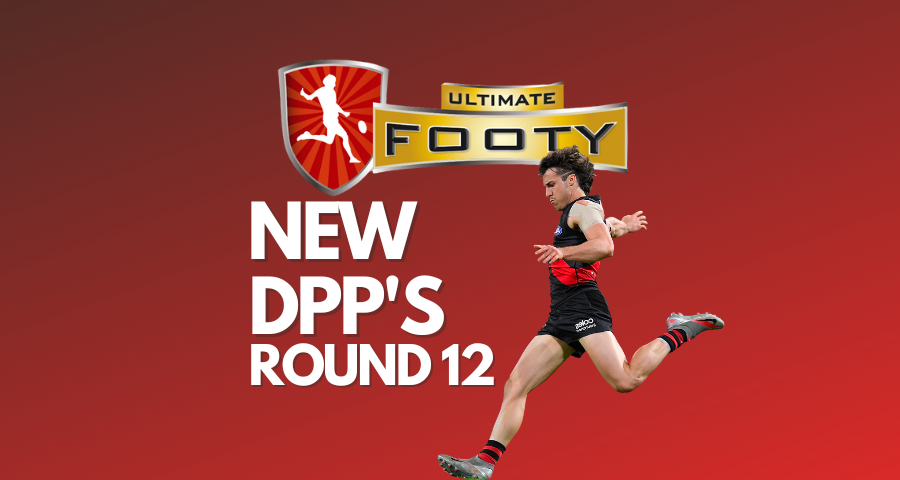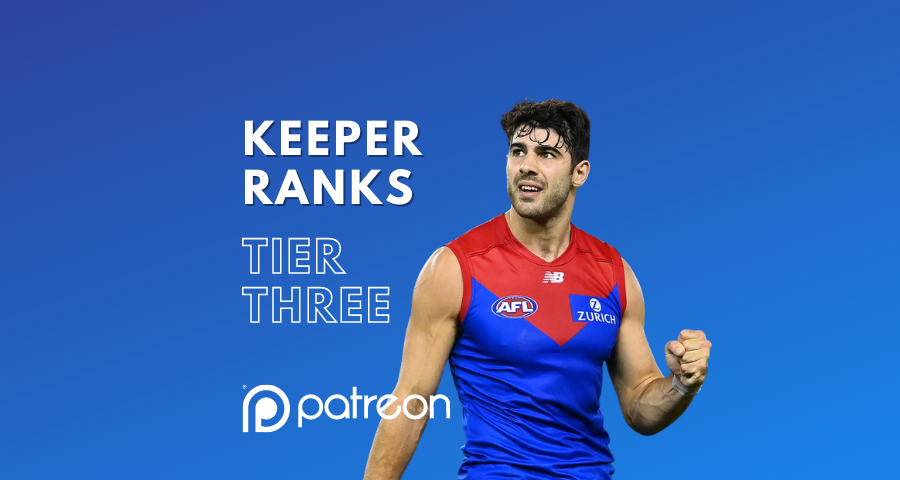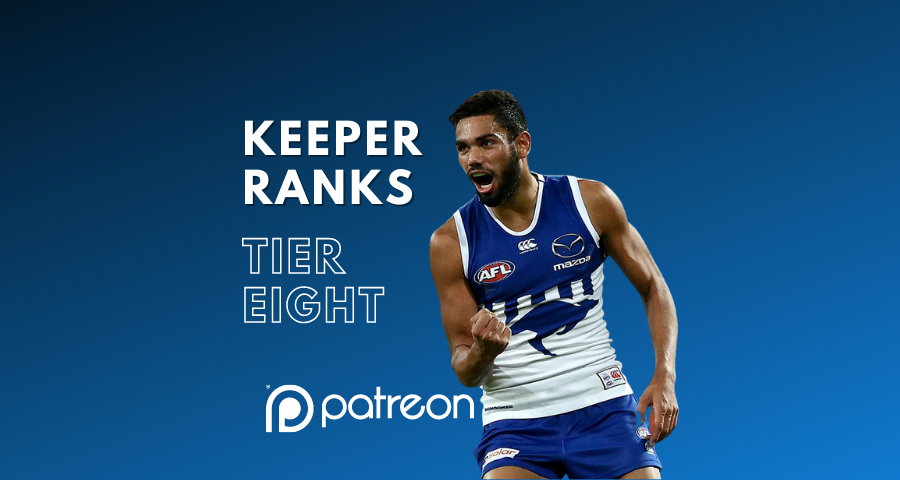How do you have and maintain a successful keeper league side? It’s a question at the Coaches Panel we get often asked. Multiple variables go into making a successful keeper side, so I wrote a list of eight tips to help you be a top-keeper league coach.
After rounds 3, 6, 9, 12 & 15, the drafting format of Ultimate Footy awards additional player positions to players that have had a role change in the season. On Wednesday, we’ll confirm with you exclusively which players WILL gain a new position, but before then, here are some players we believe would be in consideration for obtaining a new positional status.
After rounds 3, 6, 9 & 12 the drafting format of Ultimate Footy awards additional player positions to players that have had a role change in the season. As always players are required to have played a minimum of 3 games to be eligible and to be playing the new position as their primary role in the side. Let’s look at who they are and their relevance to your draft sides and leagues.
After rounds 3, 6, 9, 12 & 15, the drafting format of Ultimate Footy awards additional player positions to players that have had a role change in the season. On Wednesday, we’ll confirm with you exclusively which players WILL gain a new position, but before then, here are some players we believe would be in consideration for obtaining a new positional status.
After rounds 3, 6, 9 & 12 the drafting format of Ultimate Footy awards additional player positions to players that have had a role change in the season. As always players are required to have played a minimum of 3 games to be eligible and to be playing the new position as their primary role in the side. Let’s look at who they are and their relevance to your draft sides and leagues.
Every year, UltimateFooty reveals an additional group of Dual Position players, which extends the changes handed down by champion data. Let’s take a look through the seventeen additional players and their relevance to your UltimateFooty Drafts.
Mid-January, UltimateFooty always adds some additional dual positions players into the draft game on top of those already allocated for SuperCoach, AFLFantasy & DreamTeam. We’ll officially announce the positions UltimateFooty will add to the game in the coming days. But, for now, here are some of the players I’d love to see gain DPP.
It’s here, MJ and Kane reveal who they believe are the marquee players to own in a keeper league. Here’s why they are the best of the best!
It’s the tier ‘on the turn’ in a draft. But who are late first round selections, and who are early second?
So you’ve decided to start up a keeper league! But not sure where you should rank players, especially early on? Good news, MJ & Kane have ranked the top 50 players into eight different selection tiers! This article accompanies the podcasts to help give you a quick reference guide when wither creating your new keeper ranks. Or if in an existing keeper, to target some potential trade candidates.









